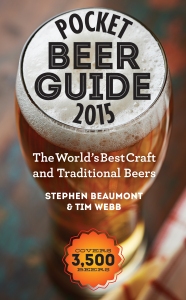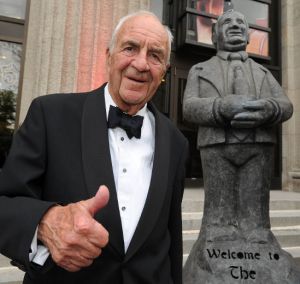Since its emergence on the North American beer scene in the 1980s and, in force, in the 1990s, what is commonly called ‘craft beer’ has cost the big breweries millions upon millions of dollars in revenue from lost sales. They do not like this.
Sales of Budweiser in particular have fallen precipitously, declining from 50 million barrels in 1988 to only 18 million in 2013. Some of that volume has simply been transferred to Bud Light, for years now the best-selling beer in the United States, while large volumes have also been lost to Coors Light, but some has also gone over to craft beer. Anheuser-Busch InBev definitely does not like this.
Since almost the very start of the craft beer renaissance, brewers and beer marketers have been taking pot shots at the big breweries and their beers, often aided and abetted by the media. While initially it must have been easy for pre-InBev Anheuser-Busch to shrug these insults off, the volume of such criticism now, coupled with the recent boom in the growth of craft beer, must certainly be getting up their corporate nose.
In order to stay relevant, Anheuser-Busch InBev has been forced to spend tens of millions of dollars on brewery purchases, only to have every buy followed by loud and prolonged condemnations. Would they rather have spent this money on increasing sales of their existing brands? You bet your ass they would!
Anheuser-Busch InBev has also spent tens of millions of dollars, if not hundreds of millions, on new product development and marketing in order to have what are, for them, fringe brands that can play in the specialty beer market (which did not even exist as such forty years ago). It’s not hard to imagine they would have rather spent this money on growing their existing portfolio of brands or perhaps developing more logical and demographically-focused line extensions.
So yes, if you drink craft beer, Anheuser-Busch InBev does indeed hate your beer. And if they could end the craft beer segment tomorrow by taking a loss on all the brewery purchases they have made and craft beer-style brands they have developed, I firmly believe they would do so in an instant.




